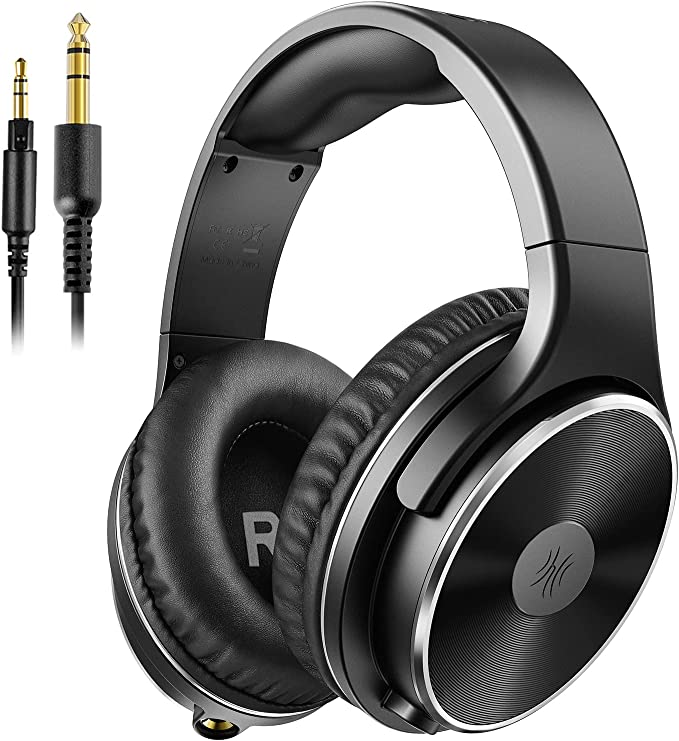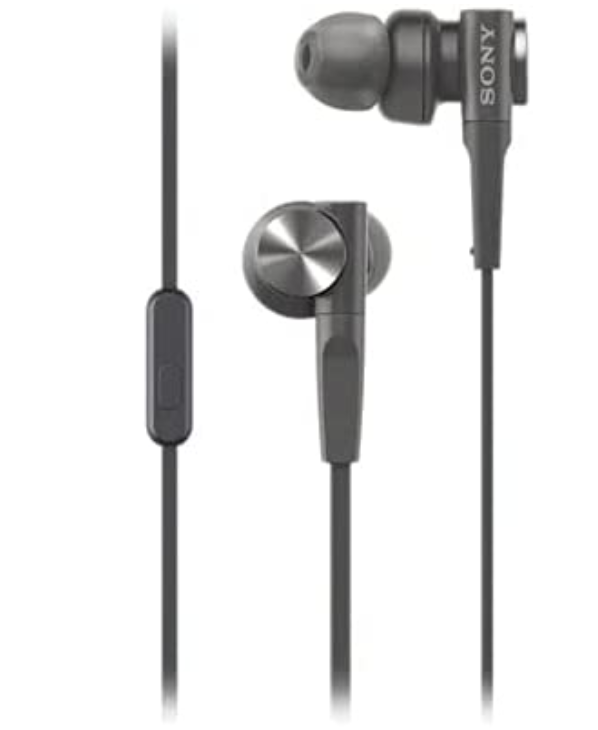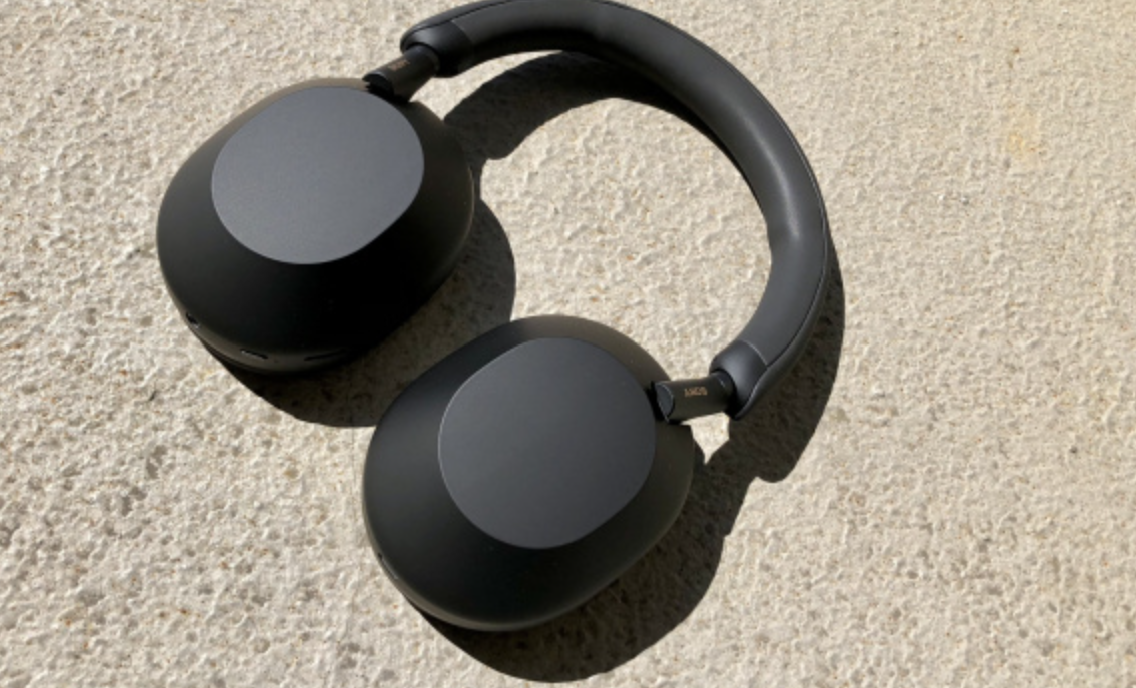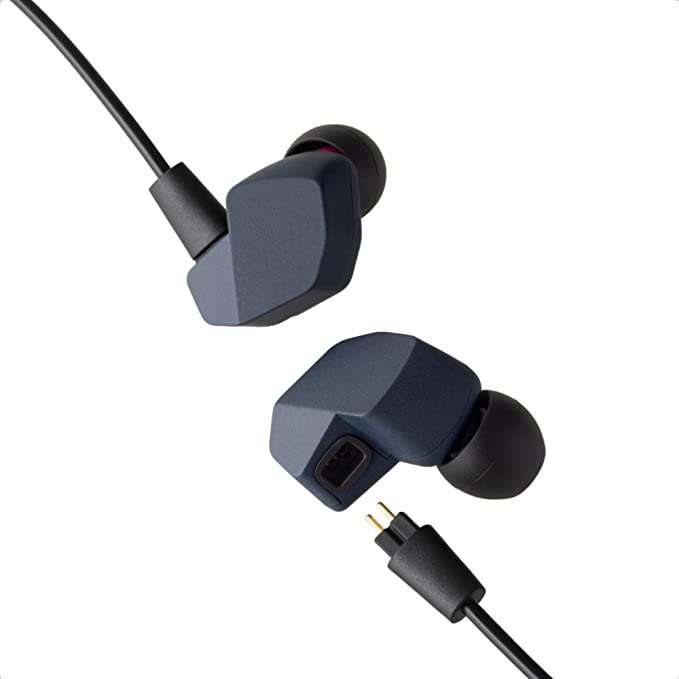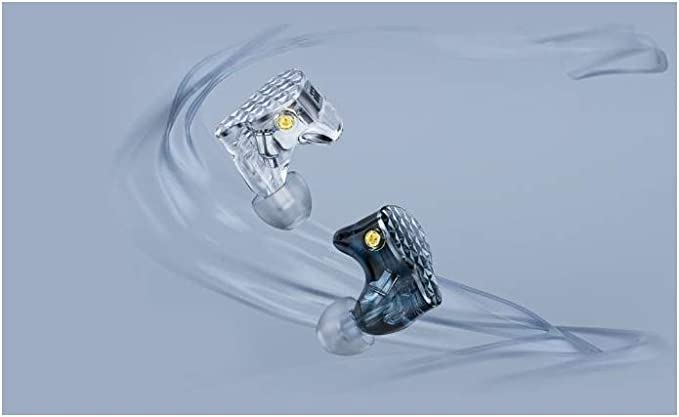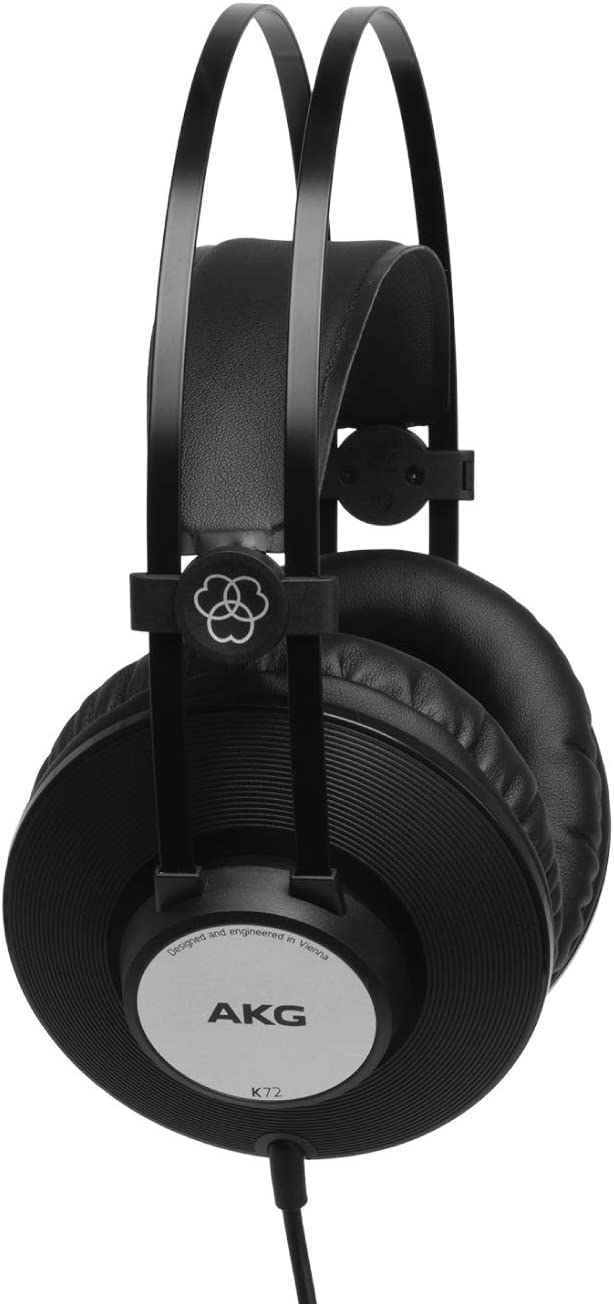KRK S10.4 Subwoofer: Unveiling the Science of Deep Bass
Update on Feb. 16, 2025, 2:55 p.m.
The Unsung Hero of Sound: Low Frequencies
We often talk about the soaring highs of a vocal performance or the crisp detail of a guitar solo, but there’s a whole world of sound that often goes unnoticed, yet is absolutely crucial to the emotional impact of music: the low frequencies. These are the sounds that you feel as much as you hear – the rumble of thunder, the throb of a bass drum, the deep resonance of a cello. Without these low frequencies, music would sound thin and lifeless, lacking the power and depth that moves us.
A Historical Ripple: From Thundering Organs to Studio Subwoofers
The quest to reproduce low frequencies accurately has a long and fascinating history. Think of the massive pipe organs of centuries past, with their enormous pipes capable of producing incredibly low notes that resonated through entire cathedrals. These were, in a sense, the earliest subwoofers. The challenge, of course, was to recreate that power and depth in a smaller, more manageable format.
The first dedicated subwoofers, as we know them today, began to appear in the 1960s, driven by the demands of movie theaters and audiophiles seeking a more immersive listening experience. Early subwoofers were often large and bulky, but they represented a significant step forward in audio technology. The development of smaller, more efficient subwoofers for studio use followed, driven by the needs of music producers to accurately monitor and mix the low-frequency content of their recordings.

The Physics of Bass: Why Low Frequencies are Different
To understand why subwoofers are necessary, we need to delve into the physics of sound. Sound travels in waves, and the frequency of a sound wave determines its pitch. Low-frequency sounds, like the bass notes from a kick drum or a bass guitar, have long wavelengths. These long wavelengths behave differently than the shorter wavelengths of higher-frequency sounds.
Think of dropping a pebble into a calm pond. The ripples that spread out are like sound waves. A small pebble creates small, closely spaced ripples (high frequencies), while a large rock creates larger, more widely spaced ripples (low frequencies). Now imagine those ripples interacting with the edges of the pond. The small ripples are easily reflected, but the large ripples are more likely to wrap around obstacles and interact with each other in complex ways.
This is similar to what happens with sound waves in a room. High-frequency sounds are relatively easy to control with acoustic treatment, but low-frequency sounds, with their longer wavelengths, are more difficult to tame. They tend to build up in corners and create areas of exaggerated bass (called “room modes” or “standing waves”) and areas where the bass is cancelled out. This is why a subwoofer is essential for accurate low-frequency reproduction, especially in smaller rooms that are more susceptible to these acoustic problems.
Conquering the Room: Acoustics and Subwoofer Placement
Because of the way low frequencies interact with a room, the placement of a subwoofer is crucial. Unlike smaller monitors, which are typically placed on stands or a desk, a subwoofer can be placed on the floor. However, simply placing it in any random corner isn’t likely to yield the best results. Experimentation is key. A common starting point is to place the subwoofer along the same wall as your main monitors, but not directly in a corner. Corners tend to exaggerate bass frequencies, leading to an inaccurate representation of your mix.
The “subwoofer crawl” is a popular technique for finding the optimal placement. Start by placing the subwoofer in your listening position (where your head would normally be). Then, play some bass-heavy music and crawl around the room, listening for the spot where the bass sounds the most even and balanced. This is likely to be a good location for your subwoofer.
Beyond placement, basic acoustic treatment can significantly improve the low-frequency response of your room. Bass traps, which are designed to absorb low-frequency energy, are particularly effective. These are typically placed in the corners of the room, where low-frequency buildup is most pronounced.

Inside the KRK S10.4: A Deep Dive into its Components
Now, let’s take a closer look at the KRK S10.4 and how it tackles the challenges of low-frequency reproduction.
The Heart of the Beat: The 10” Glass-Aramid Woofer
The woofer is the component that actually moves the air to create sound waves. The KRK S10.4 uses a 10-inch woofer made from a composite material called glass-aramid. This isn’t just a random choice of materials; it’s a carefully engineered solution.
Think of a drumhead. A small, tight drumhead produces a high-pitched sound, while a large, loose drumhead produces a low-pitched sound. A subwoofer woofer is like a very large, very strong drumhead that’s designed to move a lot of air and produce very low frequencies.
The ideal woofer material needs to be both stiff and lightweight. Stiffness is important because it prevents the woofer cone from flexing and distorting under pressure, which would lead to inaccurate sound reproduction. Lightness is important because it allows the woofer to respond quickly to changes in the audio signal, resulting in tight, punchy bass (good “transient response”).
Glass-aramid is a composite material that combines the strength of glass fibers with the lightness and damping properties of aramid fibers (similar to Kevlar, used in bulletproof vests). This combination provides an excellent stiffness-to-weight ratio, making it an ideal material for subwoofer woofers.
Power and Efficiency: The Class D Amplifier
The amplifier is the engine that drives the woofer. The KRK S10.4 uses a 160-watt Class D amplifier. Class D amplifiers are a relatively recent development in amplifier technology, and they offer significant advantages over traditional amplifier designs (like Class A or Class AB).
Traditional amplifiers are often inefficient, wasting a significant amount of energy as heat. Class D amplifiers, on the other hand, operate on a different principle. They use a technique called pulse-width modulation (PWM) to rapidly switch the power supply on and off, creating a series of pulses that represent the audio signal.
Think of a light switch. A traditional amplifier is like a dimmer switch, which can be set to any position between fully on and fully off. A Class D amplifier is like a regular on/off switch, but it’s flipped on and off very quickly. The width of the “on” pulses determines the volume. This switching action is much more efficient than the continuous operation of a traditional amplifier, meaning less energy is wasted as heat, and more power is delivered to the woofer. This results in a smaller, lighter, and more powerful amplifier.
The Conductor: The Adjustable Crossover
The crossover is like the conductor of an orchestra, directing the different instruments (in this case, the subwoofer and the main monitors) to play their respective parts. It’s an electronic circuit that splits the audio signal into different frequency ranges, sending the low frequencies to the subwoofer and the higher frequencies to the main monitors.
The KRK S10.4 features a four-position selectable crossover, allowing you to choose the frequency at which the subwoofer takes over from your main monitors. This is important because different monitors have different frequency response characteristics. By adjusting the crossover frequency, you can ensure a smooth and seamless transition between the subwoofer and the monitors, preventing any gaps or overlaps in the frequency spectrum. This is crucial for achieving a balanced and accurate overall sound.
Front-Firing Design: Direct Sound and Reduced Vibrations
The KRK S10.4 is a “front-firing” subwoofer, meaning the woofer is located on the front of the cabinet, and the sound is projected directly into the room. This is in contrast to “down-firing” subwoofers, where the woofer is located on the bottom of the cabinet and the sound is projected towards the floor.
Front-firing designs generally offer a more direct and focused sound, which can be beneficial in a studio environment. They also tend to reduce unwanted vibrations that can be transmitted through the floor, which is especially important in multi-story buildings. The curved design helps minimize internal standing waves and port turbulence.
Connectivity: Getting Hooked Up
The KRK S10.4 provides a variety of connection options, including XLR, 1/4” TRS, and RCA inputs and outputs. XLR and TRS connections are typically used in professional audio setups because they are “balanced” connections, which are less susceptible to noise and interference. RCA connections are more common in consumer audio equipment. The S10.4’s flexible connectivity options make it compatible with a wide range of audio interfaces and mixing consoles. It includes a polarity switch and input sensitivity control.

Bringing it All Together: Subwoofers in Mixing and Mastering
A subwoofer like the KRK S10.4 plays a vital role in both mixing and mastering. During mixing, it allows you to accurately hear and adjust the low-frequency content of your tracks, ensuring that the bass is balanced and powerful without being overwhelming or muddy. This is crucial for creating mixes that translate well to other playback systems, from car stereos to headphones.
During mastering, the final stage of audio production, a subwoofer provides a critical check on the overall low-frequency balance of the finished product. It allows the mastering engineer to make subtle adjustments to ensure that the bass is impactful and well-defined, without any unwanted distortion or artifacts.
Conclusion
The KRK S10.4 is more than just a box that makes low-frequency sounds. It’s a sophisticated piece of audio engineering that combines carefully chosen materials, advanced amplifier technology, and thoughtful design to deliver accurate and powerful bass. By understanding the science behind its design, you can appreciate the crucial role it plays in creating high-quality audio productions, and get better sound for your listening environment. Understanding these principles will allow any listener to make more informed choices with any audio equipment.
